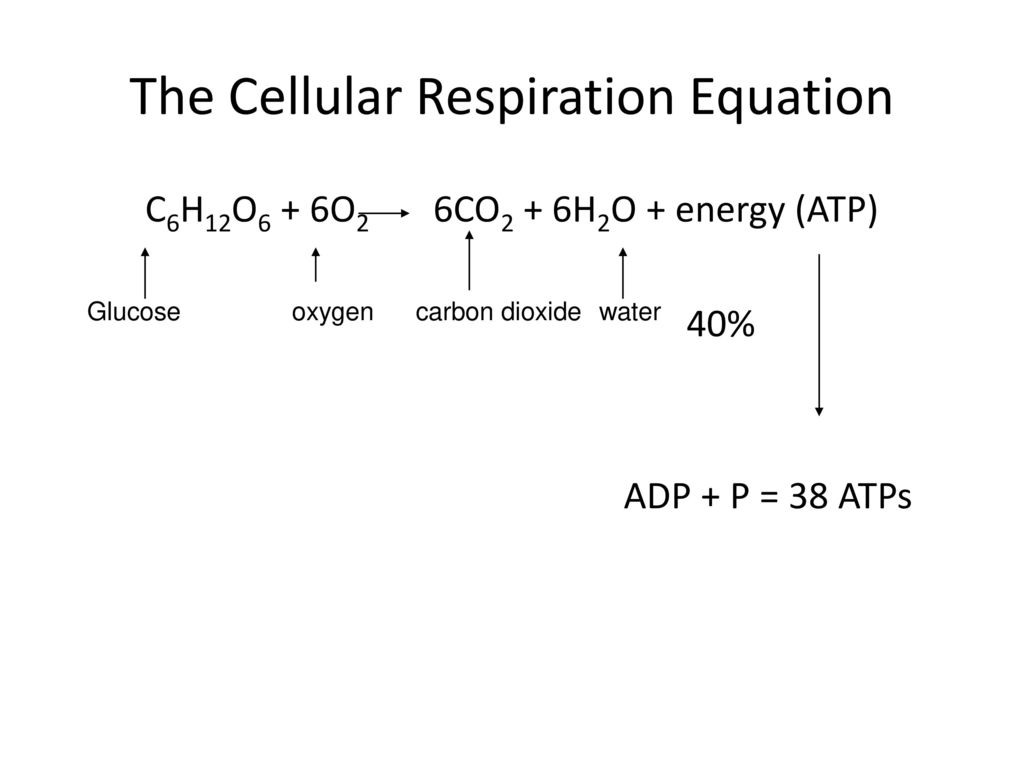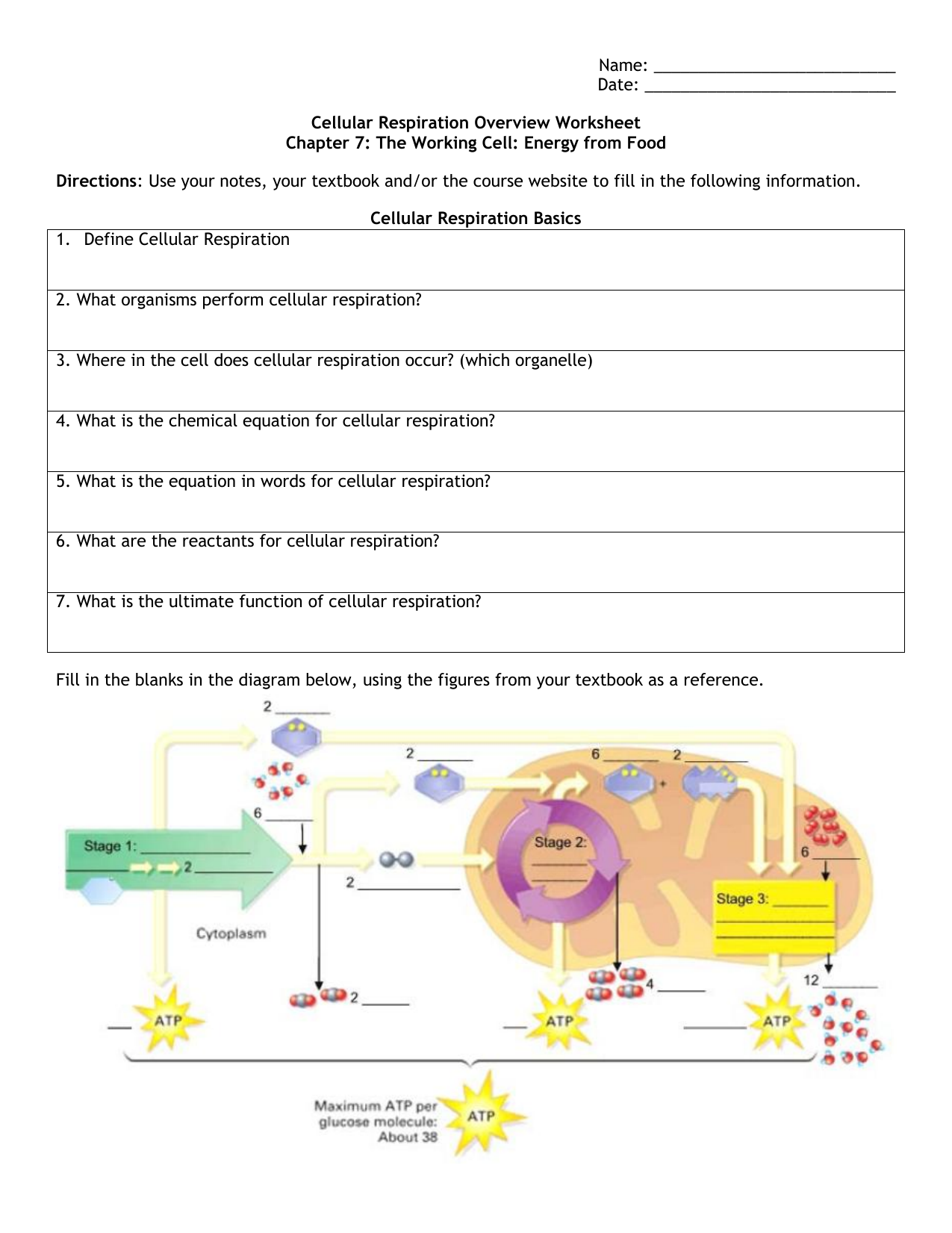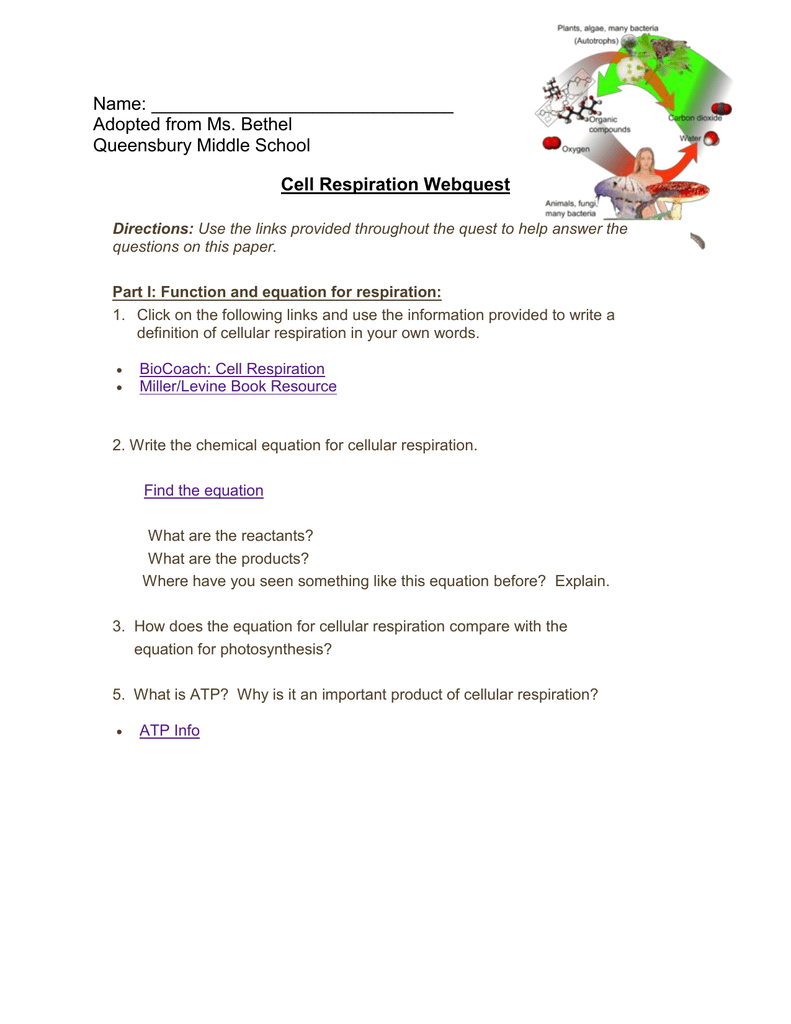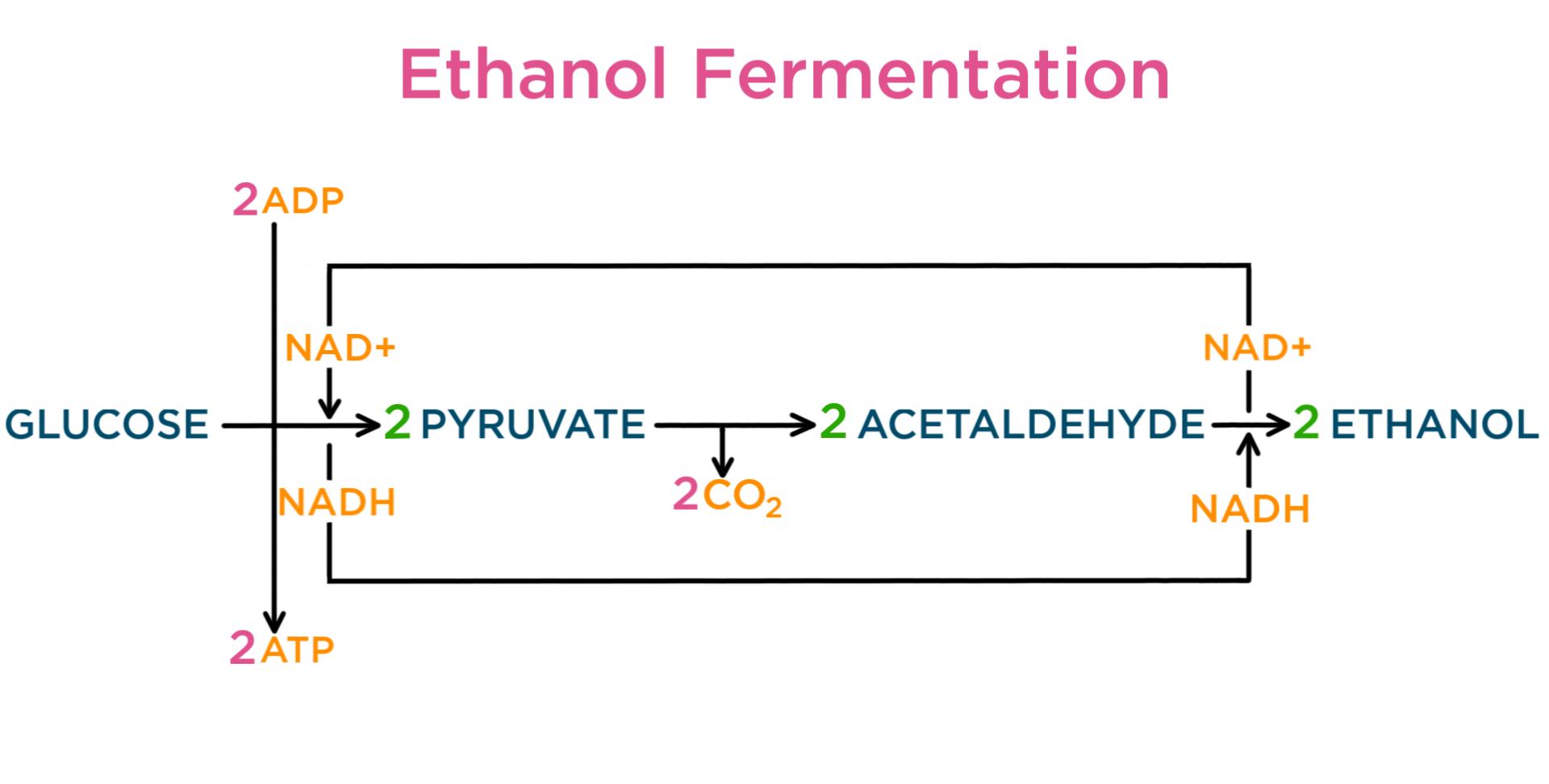Cellular Respiration Equation Definition

Cellular Respiration Definition.
Cellular respiration equation definition. Aerobic or respiration in the presence of oxygen and anaerobic or respiration without oxygen. Cellular respiration is an oxidative process where glucose gets converted into carbon dioxide yielding ATP and NADHFADH 2. The energy released during cellular respiration is used in the synthesis of ATP.
C 6 h 12 o 6 6 o 2 6 co 2 6 h 2 o energy as atp the word equation for this is. C 6 H 12 O 6 6 O 2 -- 6 CO 2 6 H 2 O ATP is the complete balanced chemical formula for cellular respiration. Understanding Cellular Respiration Here are three visual depictions of cellular respiration an equation an output description and an illustration.
The cellular respiration equation is a part of metabolic pathway that breaks down complex carbohydrates. Cellular respiration is a set of metabolic processes. The cellular respiration equation is a part of metabolic pathway that breaks down complex carbohydrates.
This type of respiration is common in most of the plants and animals birds humans and other mammals. In this process water and carbon dioxide are produced as end products. It is also known as a catabolic reaction as a large molecule like a carbohydrate is broken down into smaller molecules.
Cellular Respiration Definition A series of metabolic reactions that takes place within the cell is called cellular respiration. C 6 H 12 O 6 1 glucose molecule 6 O 2 6 CO 2 6 H 2 O 36 ATP ENERGY carbohydrate oxygen carbon dioxide water ATP energy 2 Description of the molecules created in all three stages of cellular respiration. Cellular Respiration aerobic C6H12O6 6O2 6CO2 6H2O 32 ATP Photosynthesis 6CO2 6H2O C6H12O6 6O2 By looking at the two formulas it becomes evident that the products of one of the reactions are reactants of the other.
The following are general representations formulae for both photosynthesis and cellular respiration. Definition of Cellular Respiration. There are three main stages of cellular respiration.





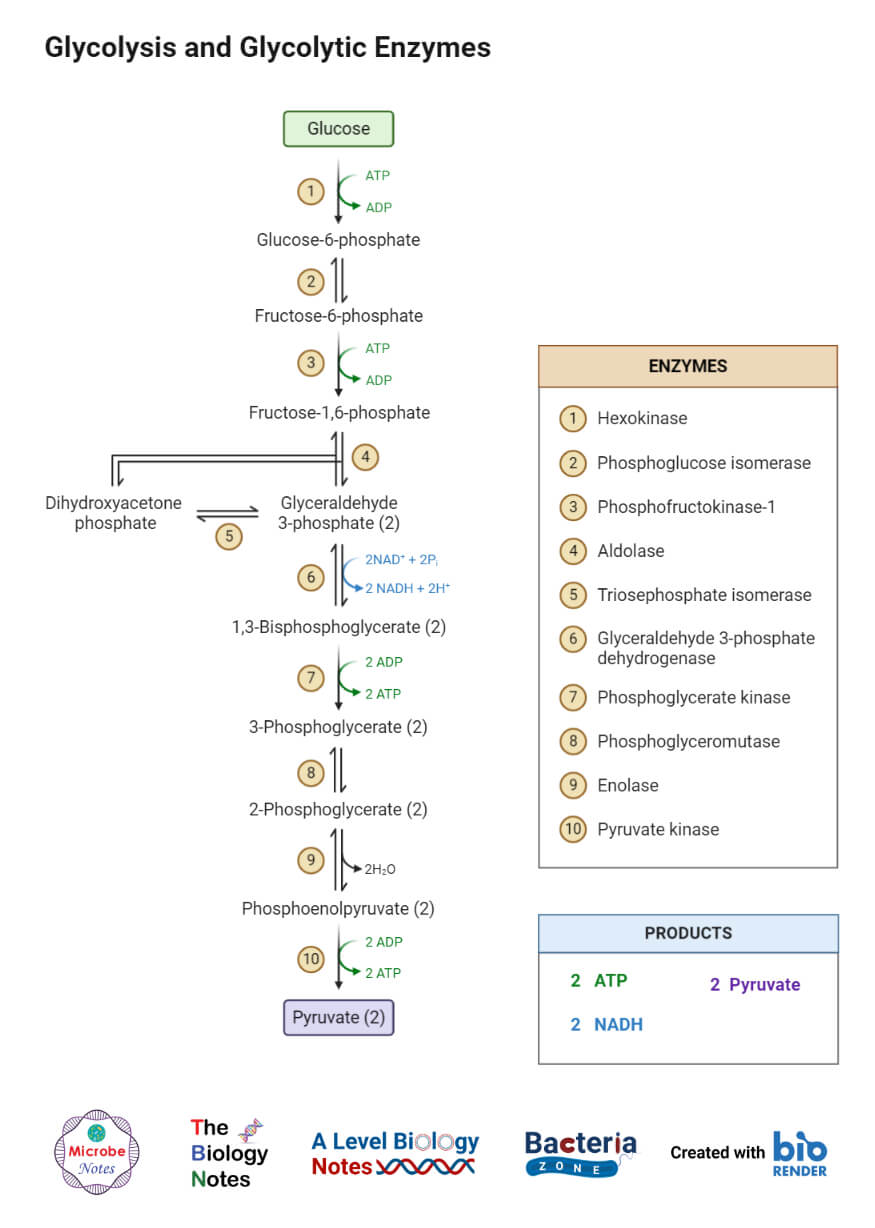

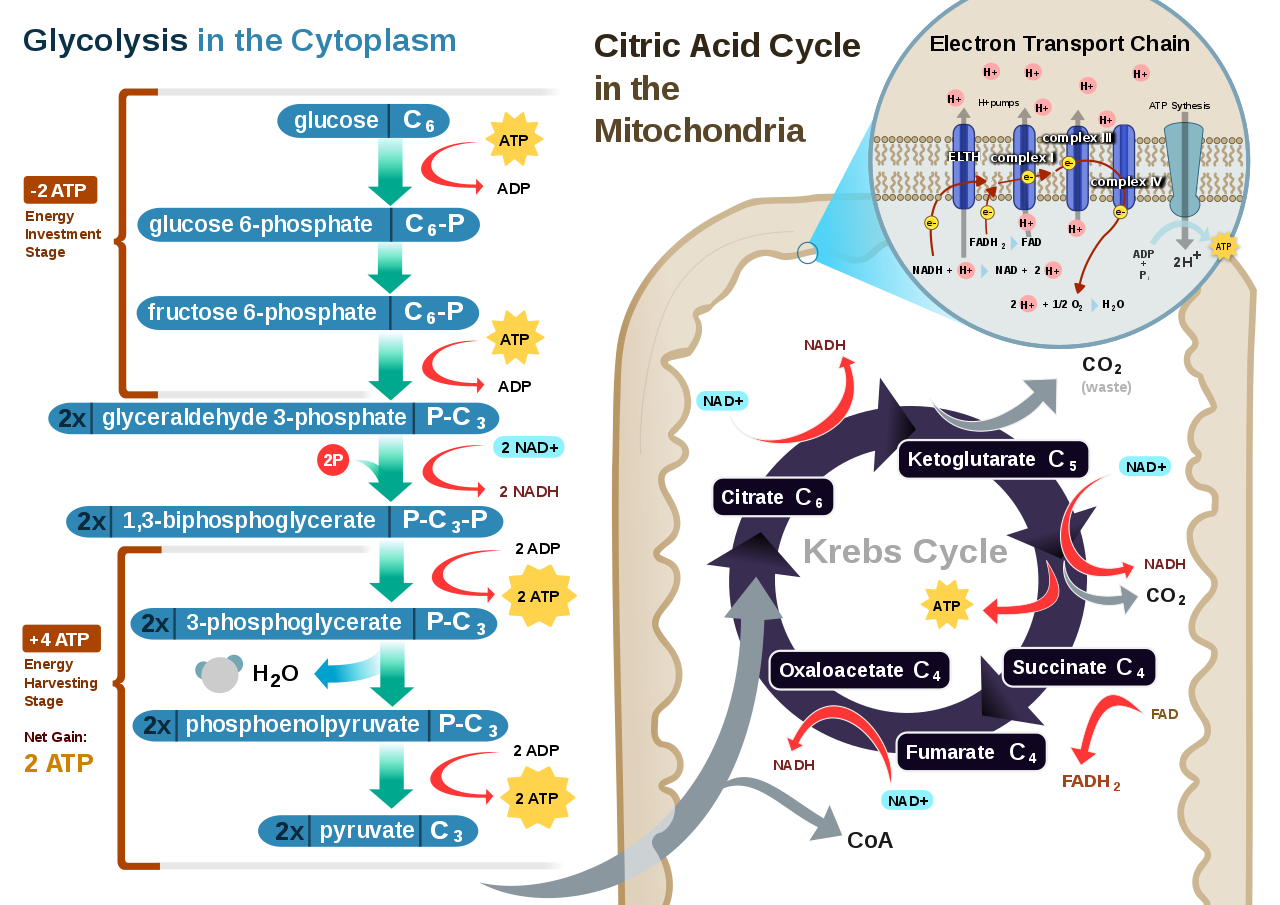
:max_bytes(150000):strip_icc()/cellular_respiration_3-58b9a5415f9b58af5c839e04.jpg)

